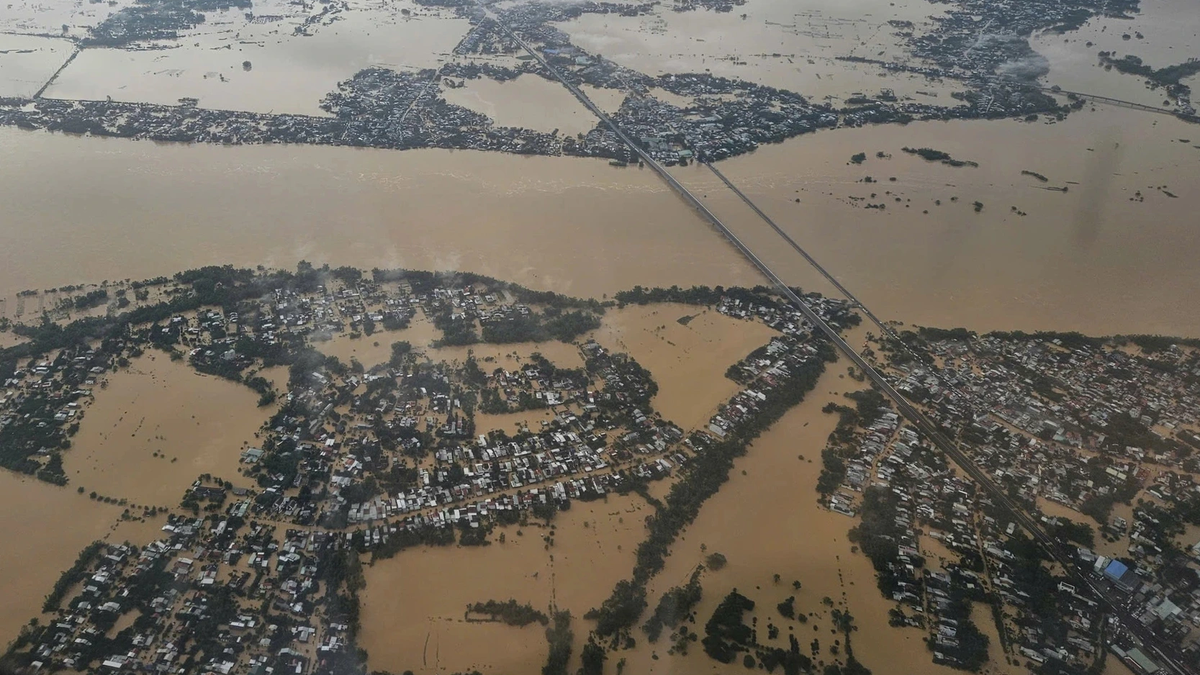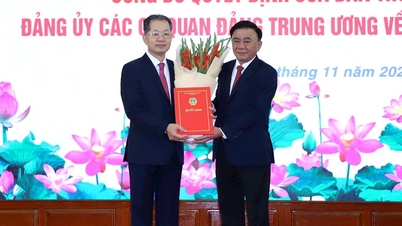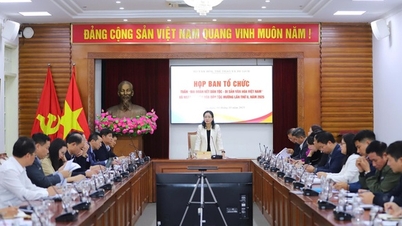By 2024, there will be no deaths due to malaria, and 48 provinces will be recognized as malaria-free. The Institute is mobilizing resources for malaria prevention, control and elimination in Vietnam, demonstrating its determination to fulfill international commitments and mobilize all resources towards the goal of malaria elimination by 2030.
The above information was announced by Dr. Hoang Dinh Canh, Director of the Central Institute of Malaria, Parasitology and Entomology, at the rally in response to World Malaria Day held on April 25.
The Director of the Central Institute of Malaria, Parasitology and Entomology said that malaria is a life-threatening disease caused by parasites transmitted to humans through the bite of infected Anopheles mosquitoes. Malaria, a disease that was thought to have receded, is still a potential threat to public health, especially in remote areas where economic and social conditions are difficult.
In 2024, the country had 353 malaria patients, no deaths due to malaria, 48 provinces were recognized as malaria-free. The number of malaria parasite cases has decreased by nearly 75% after 5 years (2020-2024) and the number of malaria cases in children under 5 years old and the age group of 6-15 years old has also decreased sharply (decreased by 86% and 62% respectively for each age group).
Of the 353 malaria cases, 111 were imported cases from abroad (accounting for 31.4%), mainly from African countries (94 cases) and Laos (8 cases).
In the first 4 months of 2025, the whole country discovered only 24 cases of malaria patients, of which 14 were imported malaria cases from abroad (accounting for 58.3%). Notably, localities with high numbers of malaria patients in previous years such as Khanh Hoa , Lai Chau, Quang Tri... have decreased significantly in early 2025.
According to Dr. Hoang Dinh Canh, with the above achievements, Vietnam has achieved the goal of the National Strategy for Malaria Prevention and Elimination in Vietnam for the period 2011-2020 and orientation to 2030 to control the malaria incidence rate <0.15/1,000 people; Malaria mortality rate <0.02/100,000 people by 2020 and eliminate malaria by 2030.
Malaria is a dangerous disease, there is no vaccine but it can be prevented and cured. Therefore, preventing mosquitoes that transmit the disease is still the most effective measure through many different methods such as killing mosquitoes with chemicals or preventing contact between people and mosquitoes that transmit the disease such as using curtains in open spaces, making insect screens to prevent mosquitoes from flying into the house to bite people, sleeping with mosquito nets, repellent creams...
Currently, the fight against malaria still faces many challenges, such as: climate change, population movement, people going to the forest, sleeping in fields, and cross-border exchanges, especially in countries where malaria is still endemic. These factors pose an urgent need for innovative and sustainable solutions to control and prevent malaria from returning.
Therefore, Dr. Canh emphasized the need to increase investment in the health system, especially at the grassroots level, so that all people have access to quality malaria prevention, control and treatment services, while at the same time, focusing on investment in scientific research to find more effective prevention and treatment methods.
The Director of the Central Institute of Malaria, Parasitology and Entomology also proposed applying advanced technology and innovative models in malaria prevention, control and elimination such as: using rapid tests with high sensitivity to detect many types of malaria parasites; expanding treatment for high-risk groups; strengthening cooperation in malaria prevention and control at the border; monitoring and screening for people returning from disease-endemic areas.
In addition, there needs to be synchronous coordination between all levels and sectors and active participation of the community. Communication and health education, especially for ethnic minorities, needs to continue to be strengthened to raise awareness, contribute to protecting public health and repelling malaria./.
World Malaria Day (April 25) was adopted by the 60th session of the World Health Assembly in May 2007 as a day to recognize global efforts to effectively control malaria. The purpose of this event is to raise global awareness of malaria - one of the most dangerous infectious diseases and has caused millions of deaths each year, especially in low-income countries.
The event also provides an opportunity for countries in affected areas to learn from each other and support each other in their efforts to combat the disease. World Malaria Day also provides an opportunity for new donors to join forces with global partners to fight malaria and for research institutes to conduct scientific research that benefits the community.
(Vietnam+)
Source: https://www.vietnamplus.vn/huy-dong-nguon-luc-cho-phong-chong-va-loai-tru-sot-ret-o-viet-nam-post1035045.vnp


![[Photo] Ca Mau "struggling" to cope with the highest tide of the year, forecast to exceed alert level 3](https://vphoto.vietnam.vn/thumb/1200x675/vietnam/resource/IMAGE/2025/11/04/1762235371445_ndo_br_trieu-cuong-2-6486-jpg.webp)
![[Photo] Ho Chi Minh City Youth Take Action for a Cleaner Environment](https://vphoto.vietnam.vn/thumb/1200x675/vietnam/resource/IMAGE/2025/11/04/1762233574890_550816358-1108586934787014-6430522970717297480-n-1-jpg.webp)

![[Photo] Panorama of the Patriotic Emulation Congress of Nhan Dan Newspaper for the period 2025-2030](https://vphoto.vietnam.vn/thumb/1200x675/vietnam/resource/IMAGE/2025/11/04/1762252775462_ndo_br_dhthiduayeuncbaond-6125-jpg.webp)

![[Photo] The road connecting Dong Nai with Ho Chi Minh City is still unfinished after 5 years of construction.](https://vphoto.vietnam.vn/thumb/1200x675/vietnam/resource/IMAGE/2025/11/04/1762241675985_ndo_br_dji-20251104104418-0635-d-resize-1295-jpg.webp)


























































































Comment (0)